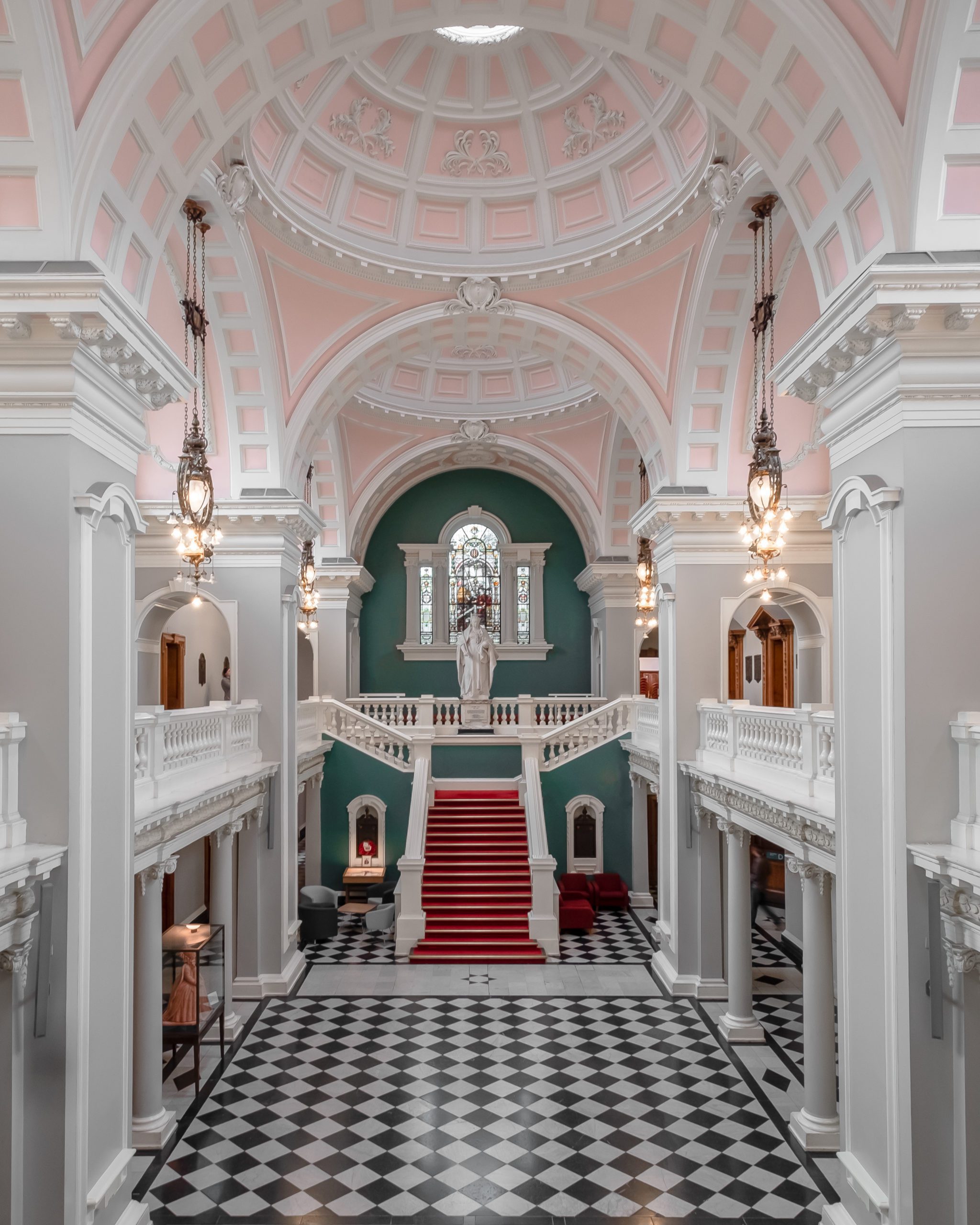Murcia, Spain
Teatro de Romea
This resilient theater has weathered two destructive fires, and continues to be one of the most important cultural centers throughout Spain.

Photo Credit: Steven Maddison
Woolwich Town Hall, a listed Edwardian building, is the seat of the Royal Borough of Greenwich’s local government, as well as the hall where votes are counted and major life events are registered. Located at 35 Wellington Street in southeast London, it is a Grade II* listed building on the National Heritage List.
Within is the ornate Victoria Hall, a gorgeous example of the Edwardian style.
A convenient route to reach the hall is via the nearby Woolwich foot tunnel, which has provided decades of dependable passage under the Thames River. Toward the end of the twentieth century, how- ever, murmurs began to circulate about the tunnel’s temporal instability. Workers claimed they had spent several hours refurbishing the foot tunnel, but in fact would exit a mere few minutes after having entered.
Time slips and related anomalies, though infrequent, continue to this day. Do visit this magnificent baroque building, but if going by tunnel… perhaps bring an analog watch.

 51.489159, 0.065288
51.489159, 0.065288
Need an account? Sign up
This site is protected by reCAPTCHA and the Google Privacy Policy and Terms of Service apply.
Bespoke lighting but with a top like a fancy meringue frosting where the edges were just a bit soft but inviting